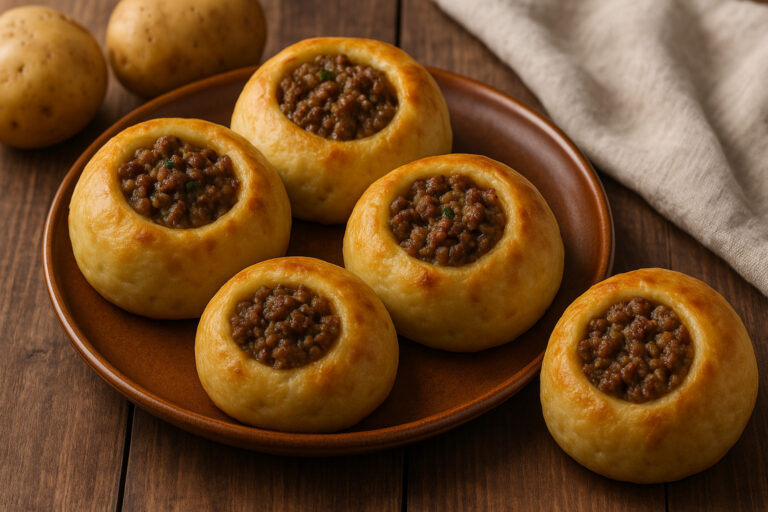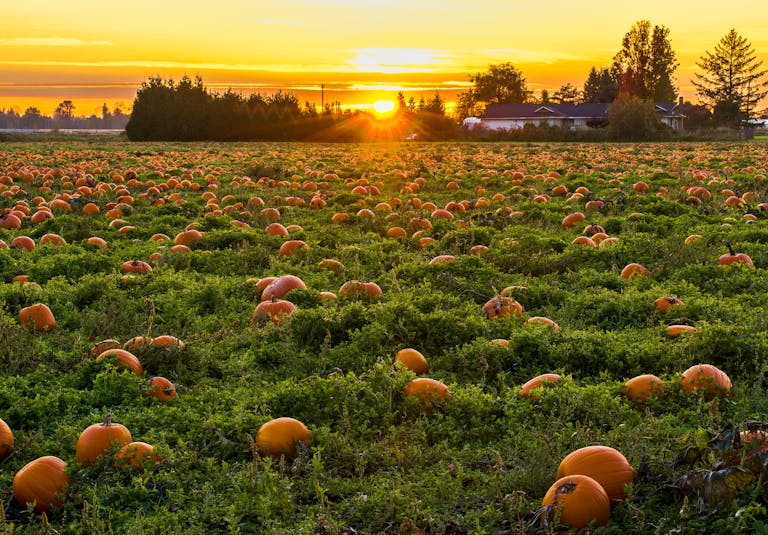what is the cultural significance of muhalabieh also spelled as or Muhalabieh is more than just a dessert. It is a reflection of the rich cultural heritage and shared culinary traditions of the Middle East and surrounding regions. This milk-based pudding has graced the tables of Arab, Turkish, Persian, and Mediterranean households for centuries. Silky, subtly sweet, and often infused with rosewater or orange blossom, muhalabieh is beloved not only for its taste but also for what it represents—hospitality, celebration, and continuity of tradition.
A Dessert Rooted in History
Muhalabieh dates back to the Umayyad Caliphate in the 7th century. It is believed that the dish was named after an Arab general named Al-Muhallab ibn Abi Sufra. Historical records suggest that a Persian cook first prepared it for him, and the general loved it so much that the dish was named in his honor.
From that point on, muhalabieh spread across the Arab world and beyond. As it traveled, each culture added its own local ingredients and techniques, leading to slight variations in flavor, texture, and presentation. Yet the essence of the dish—a delicate milk pudding—remained the same, making it a symbol of unity amidst diversity.
Symbol of Hospitality and Celebration
In many Middle Eastern cultures, food is a central part of hospitality, and desserts play a crucial role. Muhalabieh is often served during special occasions such as Ramadan iftars, Eid celebrations, weddings, and family gatherings. It’s a dish that brings people together, symbolizing warmth, kindness, and the act of sharing.
Because it is easy to digest and not overly sweet, muhalabieh is considered a perfect dessert after heavy meals. This makes it a common choice for breaking fast during Ramadan, offering comfort and nourishment in a gentle, flavorful form.
Culinary Simplicity with Deep Meaning
At its core, muhalabieh is made from milk, sugar, and a thickening agent like rice flour or cornstarch. Yet this simplicity is deceptive. The care and attention required to cook it to the perfect consistency, the selection of high-quality ingredients, and the traditional garnishes such as pistachios or rose petals elevate it to an art form.
In many households, the preparation of muhalabieh is a ritual passed down through generations. Grandmothers teach their children and grandchildren how to make it, turning it into a cherished family tradition. In this way, muhalabieh is not just a dessert; it’s a vehicle for cultural transmission and memory.
Regional Variations and Their Cultural Meanings
While the basic recipe remains largely unchanged, regional adaptations reflect the cultural diversity within the Middle East. In Lebanon and Syria, muhalabieh is often infused with orange blossom water and topped with crushed pistachios. In Turkey, the dessert is known as “muhallebi” and sometimes includes shredded chicken, a variant called “tavuk göğsü,” which dates back to the Ottoman period.
Iran, similar milk-based puddings are part of Nowruz celebrations, while in Egypt, the dish may include mastic or vanilla and be part of festive meals. Each version tells a story of local ingredients, climate, and cultural preferences. Despite these differences, the shared appreciation for the dish unites the region in a common culinary language.
Muhalabieh as a Bridge Between Generations
Cultural significance isn’t always loud or ceremonial—it can be found in the quiet moments of daily life. For many, muhalabieh represents comfort food. It’s the dessert that reminds them of childhood, of being cared for, and of home. It carries the flavors of memory and nostalgia.
This bridge between generations is especially important in diasporic communities. Families who have migrated from the Middle East to Europe, North America, or other parts of the world often make muhalabieh to maintain a connection with their roots. For children growing up away from their parents’ homelands, it becomes a symbol of identity, a delicious reminder of where they come from.
Muhalabieh in Modern Culinary Culture
With the rise of food blogs, globalized cuisine, and fusion cooking, muhalabieh has found a place in modern gastronomy as well. Chefs around the world are experimenting with new flavors—adding saffron, coconut milk, or even turning it into layered parfaits with fresh fruits and compotes.
Despite these innovations, the core of muhalabieh remains untouched. It continues to represent a balance between innovation and tradition. In this way, muhalabieh serves as a culinary metaphor for the modern Middle East: rooted in tradition but open to change.
Religious and Spiritual Connections
During Ramadan, muhalabieh plays a spiritual role as part of iftar, the meal that breaks the fast. Its mild sweetness and soothing texture provide both physical and emotional relief after a long day of abstinence. Eating muhalabieh in this context becomes more than a matter of taste—it becomes a ritual of gratitude and celebration.
In some communities, muhalabieh is also associated with religious festivities and acts of charity. It may be prepared in large quantities and distributed among neighbors and the less fortunate, reinforcing the values of generosity and compassion.
A Dessert That Transcends Borders
What makes muhalabieh so unique is its ability to cross borders while maintaining its identity. Whether served in a Turkish café, a Lebanese home, or an Emirati hotel, muhalabieh is immediately recognizable. Its widespread appeal speaks to a shared cultural heritage that extends across language, religion, and national boundaries.
In multicultural cities around the world, muhalabieh is often featured in Middle Eastern restaurants, festivals, and cooking classes. It acts as an ambassador of culture, inviting others to taste and appreciate a slice of Middle Eastern life.
The Role of Muhalabieh in Storytelling
Food is one of the oldest forms of storytelling, and muhalabieh is no exception. Family recipes are often accompanied by anecdotes—how a grandmother used to stir the pudding in a copper pot, or how the aroma of rosewater filled the house before a family celebration. These stories enrich the dish, giving it layers of meaning that go far beyond its ingredients.
For writers, filmmakers, and artists, muhalabieh can serve as a symbol of comfort, heritage, or longing. In literature and cinema, it sometimes appears as a marker of home or identity, evoking powerful emotions through its simplicity.
Conclusion
Muhalabieh is not just a dessert—it’s a vessel of culture, history, and emotion. Its creamy texture and delicate flavors may be simple, but its significance runs deep. From its ancient origins in the Islamic Golden Age to its place on modern tables around the world, muhalabieh has remained a constant companion through the rhythms of life in the Middle East.
Its preparation and enjoyment create bonds between family members, connect the past with the present, and serve as a reminder that even the simplest things can carry profound meaning. In a world that’s rapidly changing, muhalabieh offers a taste of continuity, belonging, and shared joy.
FAQs
What is muhalabieh made of?
Muhalabieh is typically made with milk, sugar, and a thickening agent like cornstarch or rice flour. It is flavored with rosewater or orange blossom water and sometimes garnished with nuts like pistachios or almonds.
Is muhalabieh the same in every country?
No, while the base recipe is similar, different countries add their own twists. In Turkey, it might include shredded chicken, while in Lebanon and Syria, it often includes floral flavors and crushed pistachios.
Why is muhalabieh significant during Ramadan?
Muhalabieh is light, nutritious, and easy to digest, making it ideal for breaking the fast. It also holds spiritual significance as it is shared with family and friends during this sacred time.
Can muhalabieh be made vegan?
Yes, plant-based versions use almond, soy, or coconut milk instead of dairy, along with natural sweeteners and thickeners to achieve a similar texture and taste.
How is muhalabieh different from other puddings?
Muhalabieh is distinct because of its cultural roots, traditional flavors like rosewater, and its role in Middle Eastern festivities and everyday life.
Is muhalabieh served hot or cold?
It is usually served chilled, which enhances its creamy texture and refreshing taste, especially in warm climates.
Is muhalabieh healthy?
It can be a healthier dessert option when made with minimal sugar and natural ingredients. Its simple composition makes it easier to digest compared to heavier sweets.







